
Video
In this next area, Rudy and Jim come across a raccoon skull, which was most likely killed by a predator. A canebrake rattlesnake rests coiled up on a bed of leaves, showing how it perfectly blends in...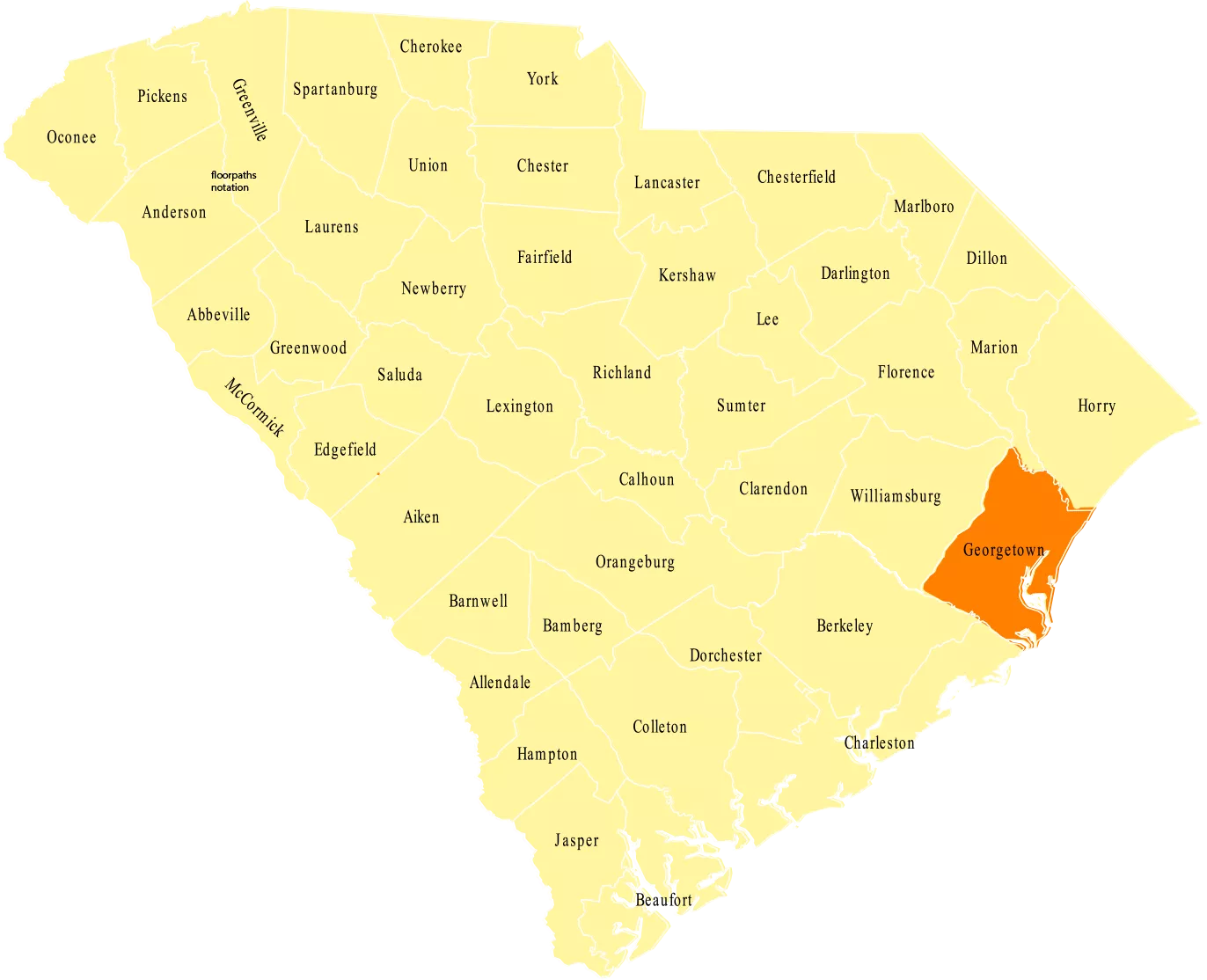
Although a number of Native American tribes already lived in the area and the Spanish had visited, English planters and their African slaves were the first to settle what is now known as Georgetown County. In 1769 Prince Frederick, All Saints, and Prince George parishes were combined, resulting in Georgetown District. In 1785 the district split into four counties including Winyah County. Winyah County would later be renamed Georgetown County in honor of King George II. Despite the approval of the British that this name suggests, Francis Marion regularly engaged in guerilla warfare from the county’s marshes during the Revolutionary War.
A coastal location has always served as a large source of wealth for Georgetown County. The location favored the growth of plantation crops, especially cotton and Indigo. In fact, Indigo planters became so affluent that they became their own level of high society known formally as the “Winyah Indigo Society.” Later, rice took over and became the crop of choice for Georgetown County plantation owners, but Indigo plants still grow wild in the area. Furthermore, the Georgetown Port, in the county seat of Georgetown, became such a source of income that pirates plagued the county’s coast.
Today one can easily observe a connection between Georgetown County’s past and its future. The African slaves brought over by British planters to farm cotton, Indigo, and rice have preserved the Gullah culture throughout the generations. This culture is especially evident on Sandy Island. Georgetown’s port still anchors the county’s economy. The county’s historical significance, coastal location, beach towns, and nature preserves make it a popular tourism destination.
Georgetown County, A Brief History. Accessed June 03, 2016.
http://www.georgetowncountysc.org/about/history.html

Video
In this next area, Rudy and Jim come across a raccoon skull, which was most likely killed by a predator. A canebrake rattlesnake rests coiled up on a bed of leaves, showing how it perfectly blends in...
Video
While strolling through the longleaf pine forest, Rudy and Jim come across a prominent moth. Its color pattern on the wings mimics tree bark near perfectly, making it tougher for predators to spot...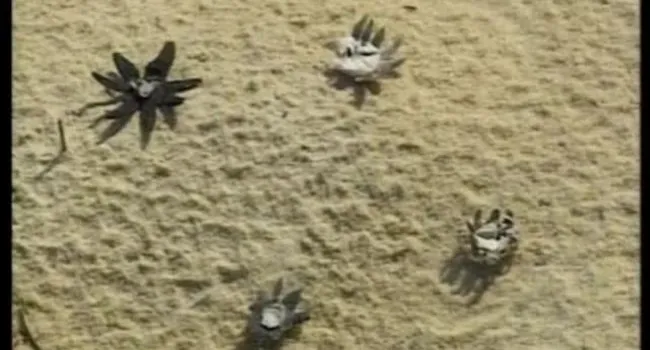
Video
The Earthstar is a star shaped species of fungus which commonly grows on these dunes.
Video
Rudy and Jim visit an ecotone, which is a line between two different habitats: one more dry, and one moister. Here we see a fetterbush, the inkberry or gallberry, which is another species of holly...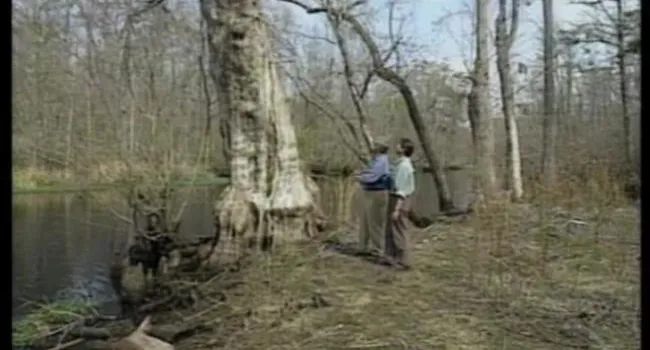
Video
Cypress Tupelo Swamp: The ground here close to Indian Lake is perfect for tree species such as old cypress, red maples, and tupelos. Water pennywort resides in the water itself, and mistletoe is both...
Video
Sandy Island features around thirteen plant communities. At their next stop, Rudy and Jim discuss the plant life which resides here. They talk about reindeer moss, a species of lichen, and what...
Video
Jim and Rudy discuss the composition of the sand dunes on Sandy Island, and how wind and water have shifted the dunes over time. The waters between these slopes make perfect hunting ground for local...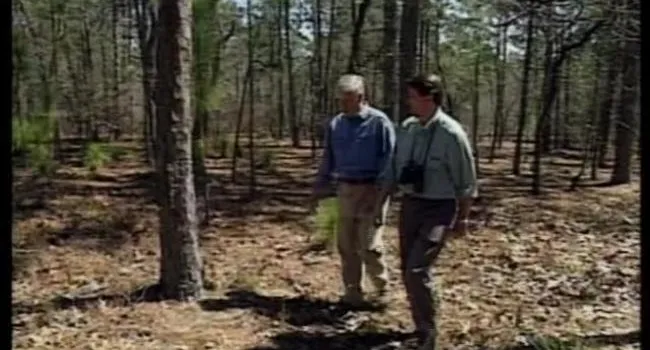
Video
Rudy and Jim walk through a longleaf pine habitat, and come across a loblolly pine with a red-cockaded woodpecker nest. We also see Turkey oak trees, and yellow jessamine flowers. The yellow jessamine...
Video
Rudy and Jim visit Sandy Island, off the South Carolina coast, near Georgetown. Sandy Island is the largest undeveloped fresh water island on the East coast, consisting mainly of sand dunes, and...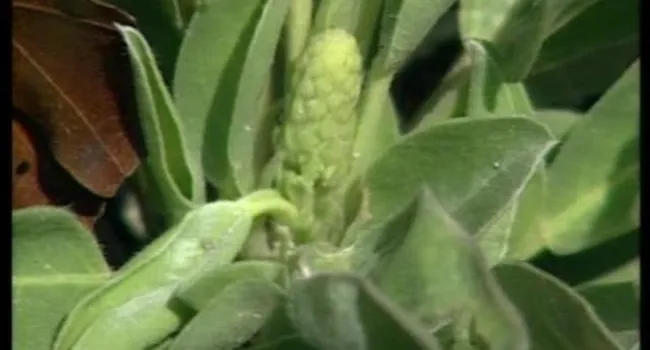
Video
Here at The Refuge, Rudy and Jim come across a rare plant in South Carolina: rosemary. Not to be confused with the rosemary spice one would find in a kitchen. Turkey oaks are found here as well, along...